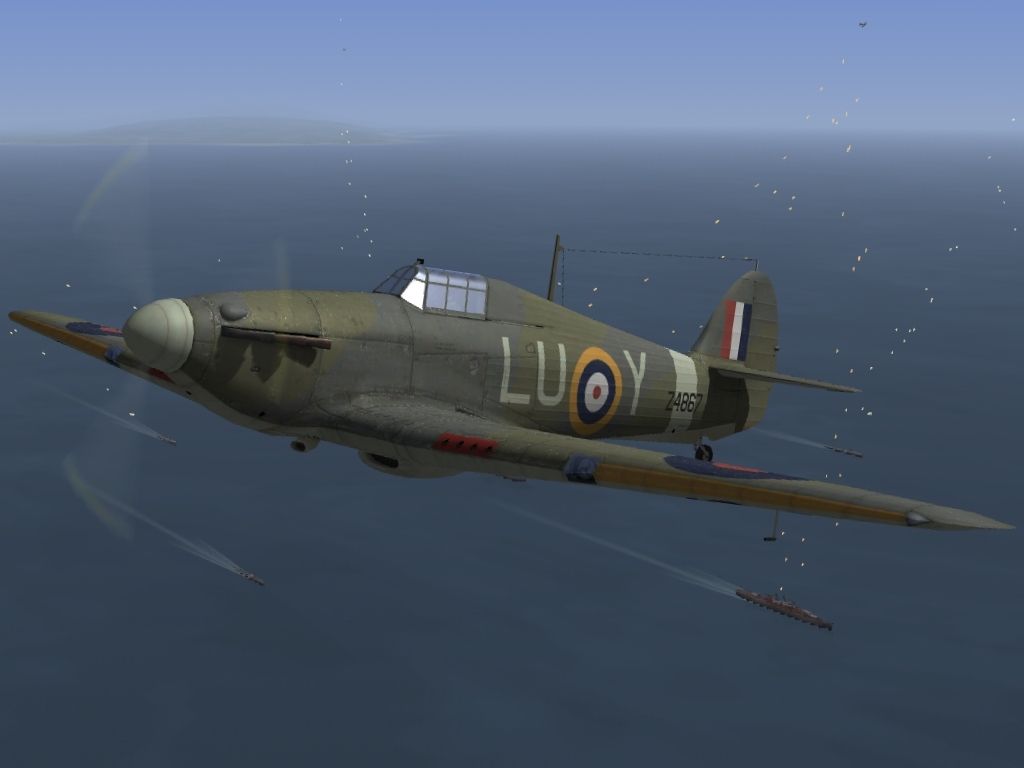Early in the war British Atlantic convoys were almost defenceless to stop German Condor reconnaissance aircraft from attacking ships and vectoring U boats in. So 35 merchant ships were fitted with an 85 foot rocket powered catapult to enable the launch a Hurricane Mk I. With no landing deck on these CAM ships the Hurricane pilot was usually forced to ditch or bail out when his fuel was expended and hope a ship would pick him up.
In May 1941 the RAF formed the Merchant Ship Fighter Unit to provide pilots and mechanics for the Hurricanes. The Hurricanes were initially standard Mk Is apart from the addition of catapult pick up points. Some were converted from existing RAF aircraft and some modified on the production line. Later models featured improved ditching gear and an additional fuel tank. Between August 1941 and July 1943 MSFU Hurricanes destroyed eight German aircraft for the loss of two pilots killed. However their ability to scare off enemy aircraft from shadowing convoys was considered just as valuable. Once escort carriers became available in numbers in 1943 the CAM ships were gradually phased out.
Although this is technically this is an early form of Sea Hurricane, the "Hurricat" did not carry an arrestor hook and so is more appropriate to be skinned as a Hurricane Mk I.

